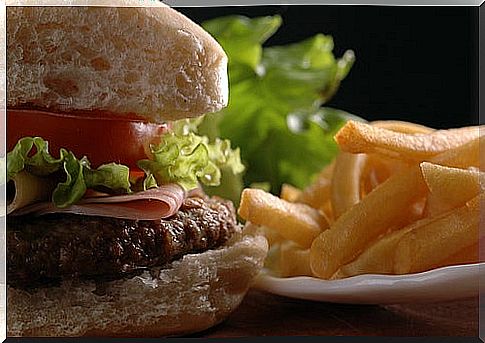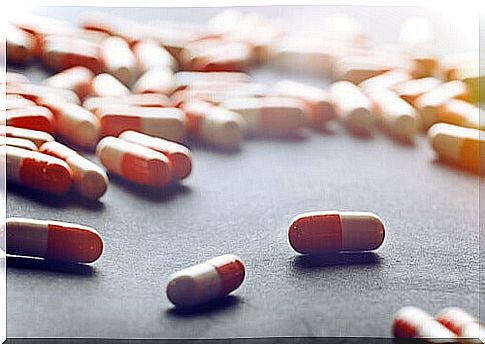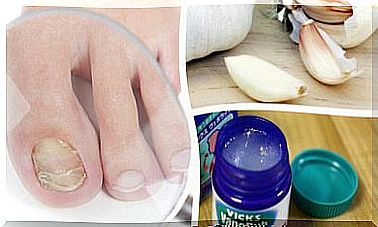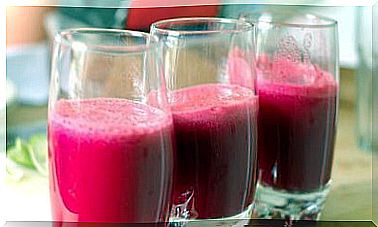10 Toxins That Harm Our Children

Toxins are present in all parts of the world and our children can be spared the health consequences they can have.
Contamination, pesticides, cleaning products, certain foods, certain medications including certain vaccines, expose children to chemicals which, in the long run, can affect their health in different ways.
How can we protect children from toxic substances?
It is almost impossible today to prevent toxins from entering our body and causing various damages to our health.
Contamination, malnutrition and other bad habits can lead to a build-up of toxins that can affect different organs in our body.
Children are exposed to all these toxic substances in our environment and to certain foods that we allow them to consume.
Awareness of the sources of toxins and the harm they can cause, allows us to adopt different means to reduce their impact on our children.
You should know that the problem of exposure to toxins increases year after year.
Toxic substances can cause imbalances in our children, ranging from simple allergies to different types of cancer.
Much research has found that children can suffer from learning, developmental or behavioral difficulties.
They also found cases of autism, weak immune systems and other chronic diseases.
Do you know what are the main toxins your children are exposed to?
1. Mercury plumbing.
The mercury in fillings can get into children’s bodies every day. It therefore causes neurological disorders.
2. Certain pharmaceutical drugs.
The drugs prescribed to our children are sometimes highly toxic and dangerous.
This is so for ADHD, which belong to the category of drugs called amphetamine, very similar to the famous street drug known as methamphetamine. There are also more and more cases of children who are prescribed anti-depressants which are very dangerous.
3. MSG monosodium glutamate.
This toxin is present everywhere, especially in food and personal hygiene products.
4. Certain vaccines.
Some vaccines are not as safe as we have been led to believe for decades. It is therefore necessary to do some research on their components, and to know the side effects on health.
5. Processed foods and fast food.
These are the favorites of the children. And to make them happy, we often buy this type of food for them.
Their smell and taste are often delicious. However, these foods are loaded with chemicals that increase the risk of developing cancer. In addition, they cause obesity and other diseases which in the long term can decrease the quality of life.
6. Laundry chemicals.
They are very useful when washing our clothes, but they contain a high level of toxic chemicals which can affect our health and that of our children.
7. Shampoos and other personal care products.
You may never have read the labels of the strange ingredients that make up shampoos or other personal care products.
Have the curiosity to do some research, and you will discover the toxins lurking there. The ideal is to reduce their use as much as possible and to favor more natural products.
8. Household cleaning products.
Products for cleaning windows and stoves, like detergents and soaps, among other cleaning products, all contain chemicals that are actually quite dangerous.
Inhalation or ingestion of these products can seriously affect health and be fatal. You should therefore avoid leaving them within the reach of children.
9. Environmental pollution.
It is virtually impossible not to be exposed to the high rates of environmental pollution in the world today.
Smoke from vehicles, businesses, cigarettes and other toxic substances affects us and our children.  10. Sweet and carbonated drinks.
10. Sweet and carbonated drinks.
Children love it and mistakenly think it’s a good way to stay hydrated when they’re thirsty.
However, these drinks contain high amounts of phosphoric acids, which affect the health of our children’s teeth and bones.









